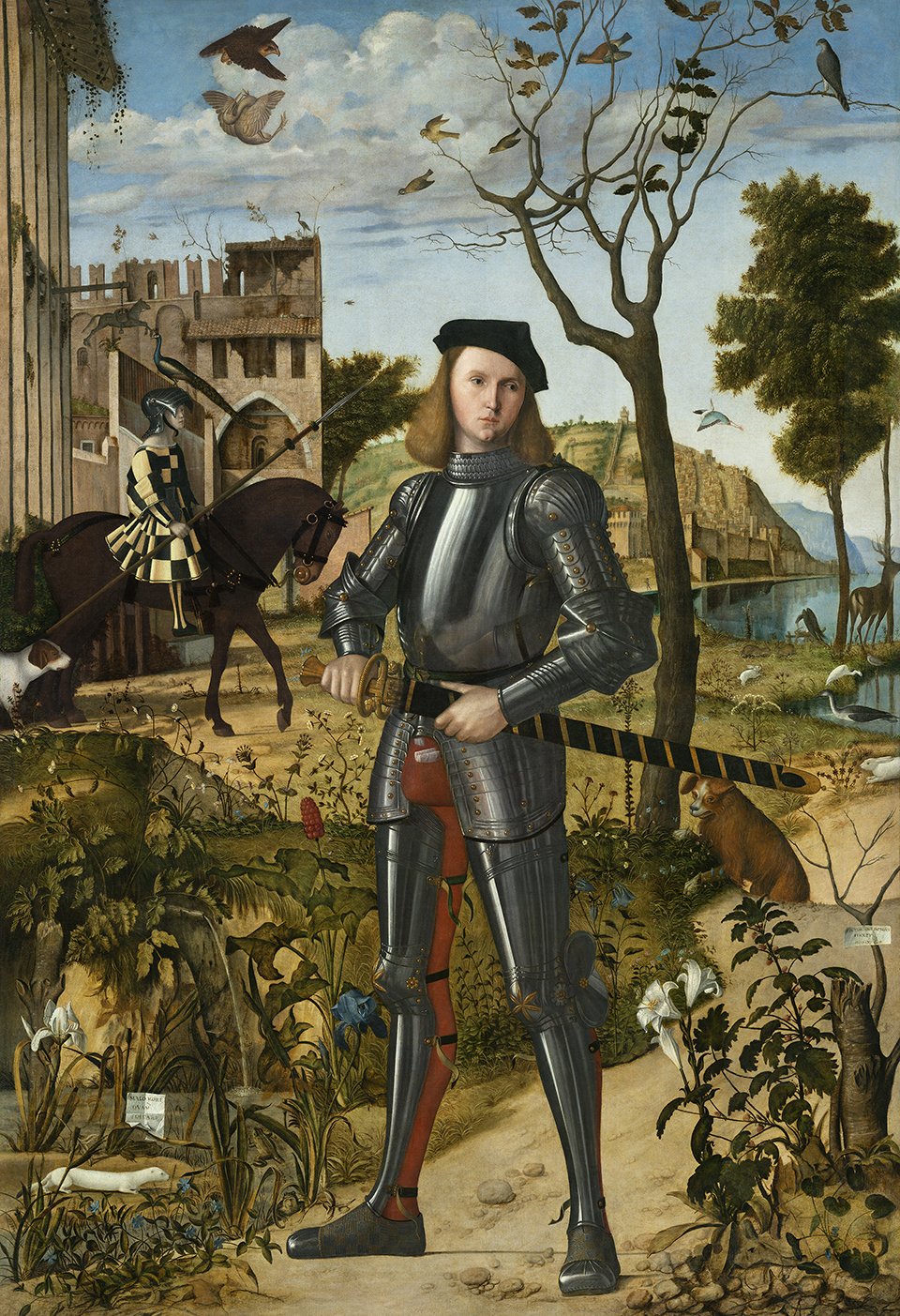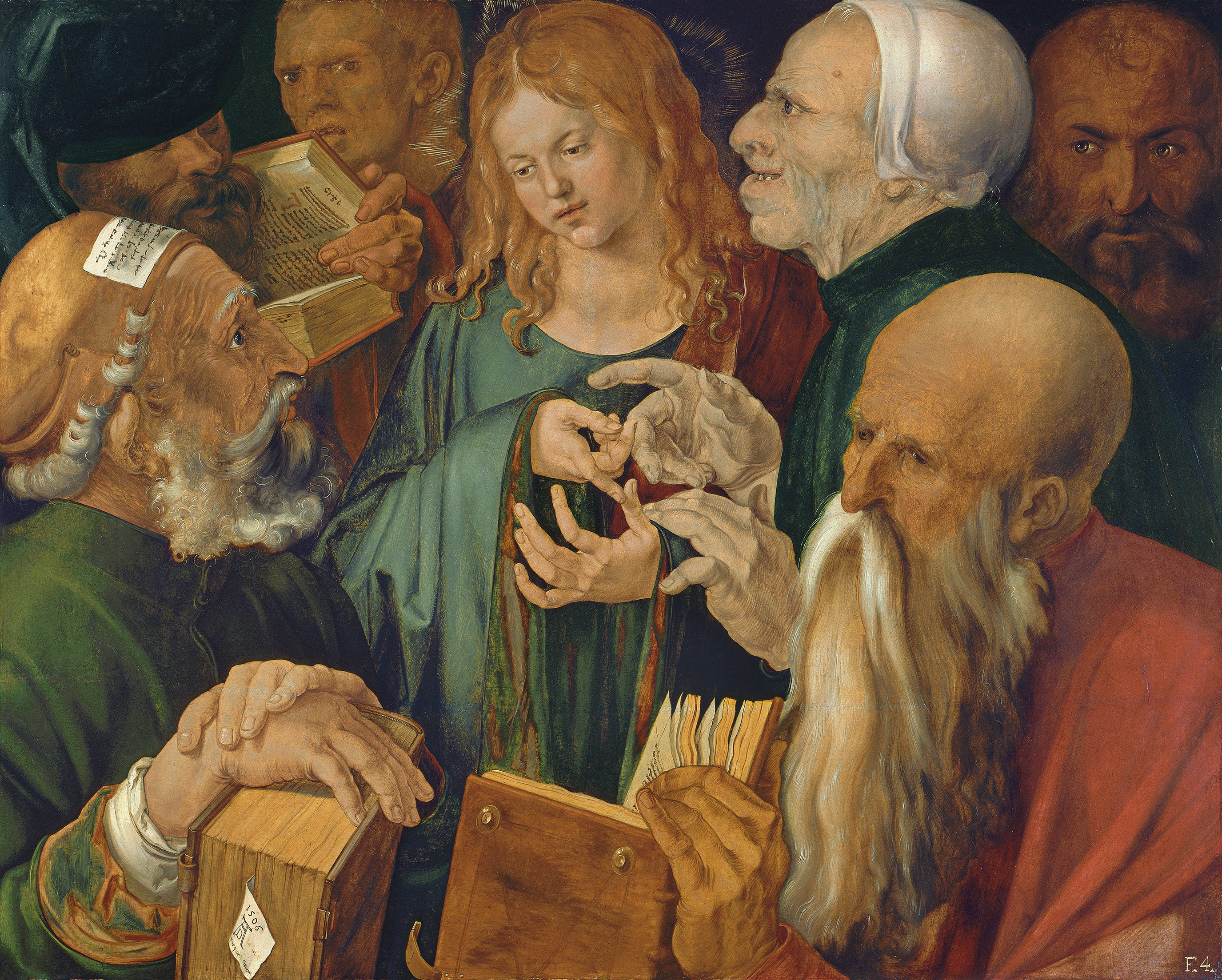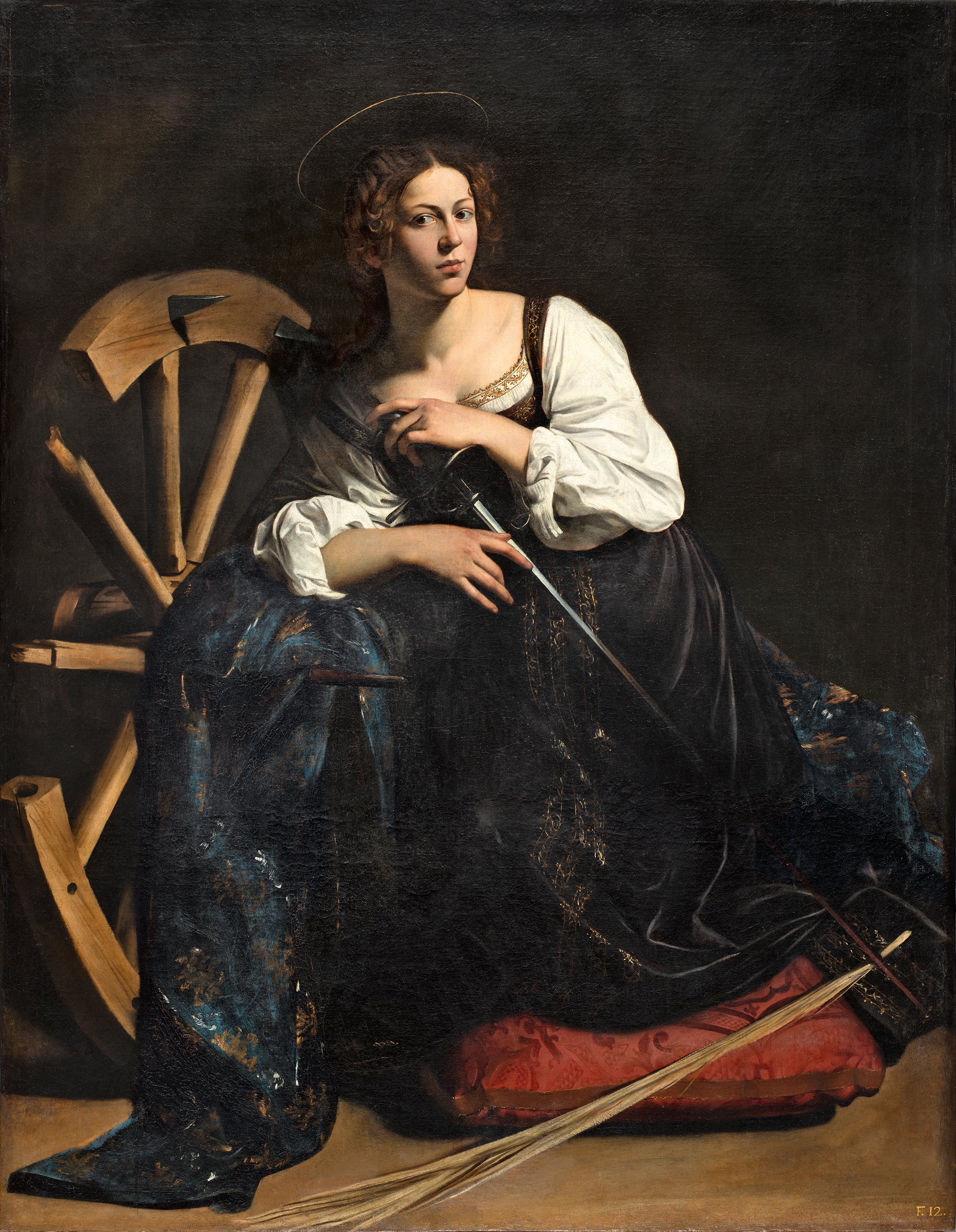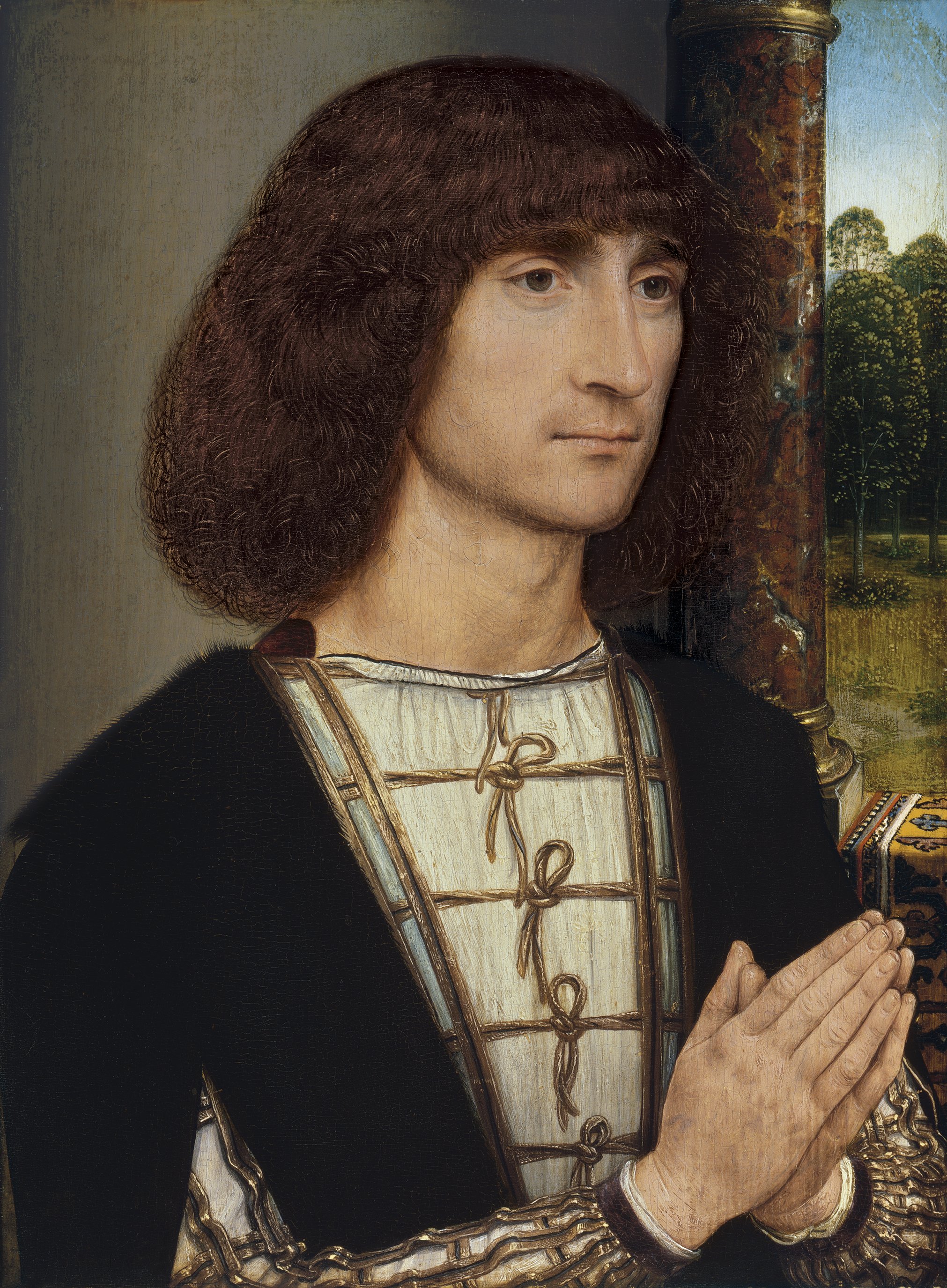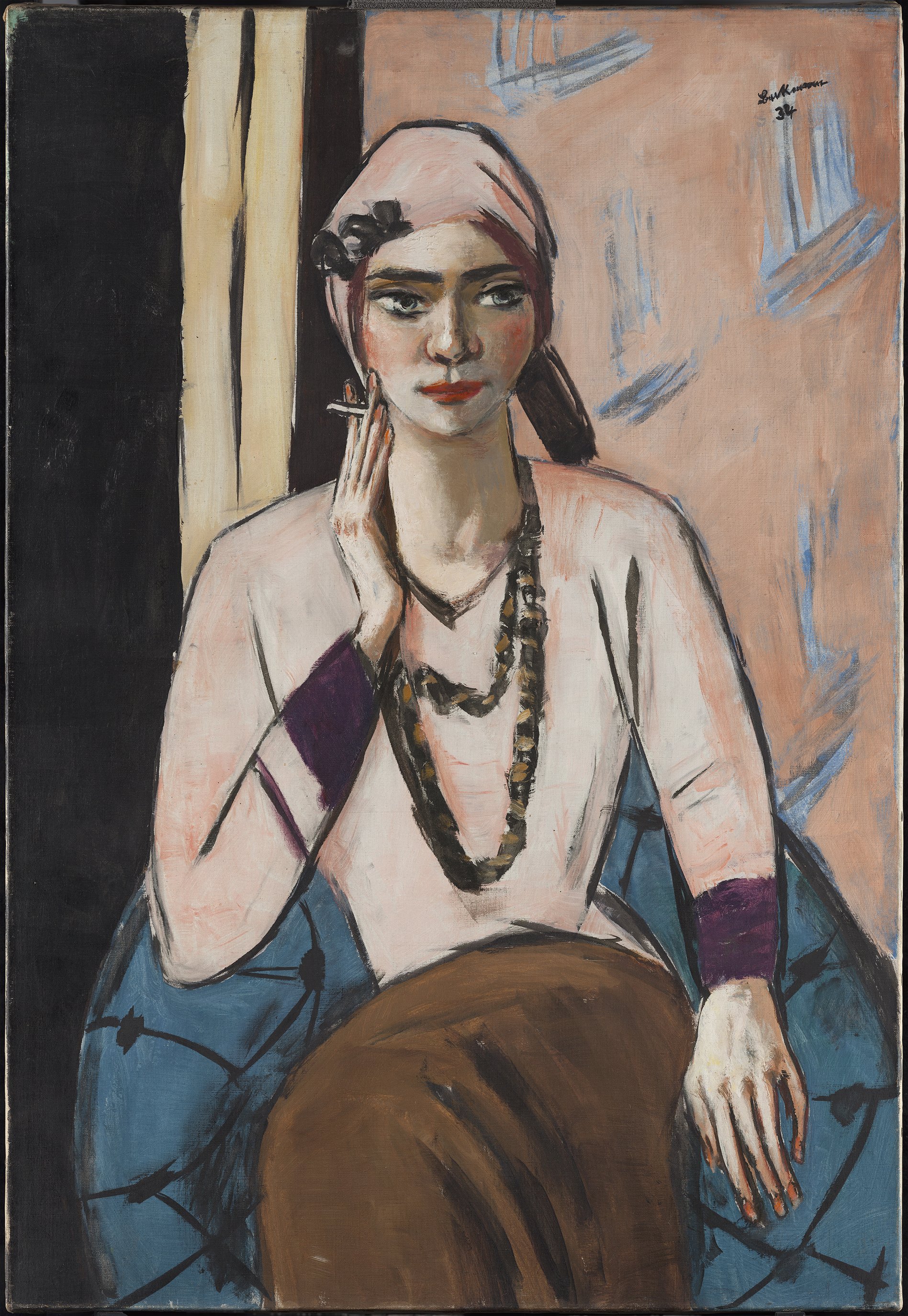Features December 2021
All turned about
On the Turner prize and a pair of exhibitions in London.
The last time I visited Coventry was as a witness in the trial of a man with a tattoo on his neck who had strangled his girlfriend in a fit of jealous rage. Murders are generally sordid, but in my experience as a witness in murder trials, those in Coventry are particularly so.
As for the city itself, it should be declared a unesco World Heritage Site of British post-war architectural and city-planning incompetence: it is almost laughably awful. Immediately after the war, perhaps, there was some slight excuse for this aesthetic monstrousness: the city had to be rebuilt quickly after the bombing that destroyed much or most of its ancient fabric. But the more money that was spent on it, the worse it got: you can give a modern British architect money, but you can’t get him to design anything other than an eyesore.
The five finalists this year were all “collectives,” as if suddenly such “collectives” had produced work that was better in quality than that of any mere individual.
It was only appropriate, therefore, that the exhibition of this year’s Turner Prize, Britain’s most important, or at any rate most highly publicized, annual prize for the visual arts should have been held in Coventry.1 Why, indeed, should London host all the worst rubbish? Not for nothing does the page for the prize on the Tate’s website say only that it is awarded for “an outstanding exhibition or other presentation”—outstanding being a weasel word typical of the art establishment and bureaucracy that precludes practically nothing and indeed is an incitement to bizarrerie.
The five finalists this year were all “collectives,” as if suddenly such “collectives” had produced work that was better in quality than that of any mere individual. One felt almost back in the days of the Cultural Revolution, when the hospital cleaners supposedly knew better than the professor of surgery how to remove a huge abdominal tumor.
For those hoping for an occasion for lamentation or outrage, the Turner Prize exhibition did not disappoint. As one has now come to expect at such exhibitions, one is greeted at the entrance by a cacophony, mostly but not entirely of women with flat voices intoning the platitudes of their current orthodoxy or accounts of past injustice. Contemplation in silence is one of the casualties of publicly funded art or, more accurately, the malversation of funds for para-artistic activity. Throughout the exhibition, I could not help but recall the late Professor Michael Shepherd’s short review of a book titled Annual Progress in Psychiatry. It should have been titled, he wrote, Annual Activity in Psychiatry.
One enters a kind of kindergarten of the indoctrinated, by the indoctrinated, for the indoctrinated. Each of the five galleries is devoted to the work, or the activity, of one of the collectives. Each is provided with a brief summary, which by itself is sufficient to induce a state of boredom. It takes talent of a kind to be both brief and tedious:
Cooking Sections address the environmental impact of intensive food production. . . . Their work uses food as a lens to observe landscapes in transformation, and as a tool for intervention in those very systems of food production and supply. Using site-responsive installation, performances and film, they explore the overlapping boundaries between art, architecture, ecology and geopolitics.
Black Obsidian Sound System (B.O.S.S.)was established in 2018 to bring together a community of queer, trans and non-binary black people and people of colour involved in art, sound and radical activism. Following the legacies of sound system culture they wanted to learn, build and sustain a resource for collective struggles. [Incidentally, this may be a sly reference to the acronym of the Bureau of State Security—boss—under the apartheid regime in South Africa. One can’t be sure, though: such is the state of educational presentism that even 1990 now seems in the realm of prehistory.]
Array Collective are a collective of artists rooted in Belfast. They create collaborative actions in response to social issues—for example around language, gender and reproductive rights—affecting themselves, their communities and allies. Arrayreclaim and question traditional identities associated with Northern Ireland in playful ways that merge performance, protest, ancient mythology, photography, installation and video. . . . Arrayinvite us into a place of contradictions where trauma, dark humour, frustration and release coexist.
Gentle/Radicalwas established in 2017 as a collaborative cultural project based in Cardiff’s Riverside neighbourhood. It composes [sic]community activists, conflict resolution trainers, faith ministers, equalities practitioners, youth workers, land workers, writers and artists. They organise community film screenings, grassroots symposia, performative works, talks and gatherings that bring people together. Their aim is to rethink how we live with each other in more equitable ways.
Description of their “work” is not easy. Array Collective, for example, reproduced the inside of a pub in Northern Ireland, which could have served as a set for an episode in a soap opera. On the wall of the pub—alas all too realistically—was a large flat-screen television relaying the performance of an Irish comedian: “In what are called the Dark Ages,” he said, “the Christians came to fight the fairies, to save us from sodomy. The Christians were defeated.”
This double entendre—on the one hand what the Irish called “the little people” and on the other a formerly popular slang term for homosexuals (for the use of which you might be arrested nowadays in England)—caused hoots of laughter by what sounded like the comedian’s juvenile audience. There were five late-middle-aged women in the gallery—a party, I should imagine—who watched with that peculiar solemnity reserved for the perusal of great art; they probably believed that they were improving themselves in the way that art is sometimes thought to encourage.
In the gallery in which the “work” of Gentle/Radicalwas displayed, there was a huge liquid-crystal screen showing members of the collective rocking gently while intoning a chant called “All Singing Together.” What did their activity mean to members of the collective? After reading their explanation, I felt slightly sick:
Anushiyesays you cannot have a syllabus of light without a syllabus of darkness; Mary-Anne seeks the whereabouts of the village; Tomtells us the work, underneath it all, is about recovery; Rachelnegotiates a balancing act around the un-productivity of grief; Rosannais drilling down, into layers of care; Tonyis seeking different formulations for community; Adeolais slowing down the body, in moments of absent and present freedoms; Isabelwants to dismantle the power inherent in her parenting; Stephenis seeking a consistent labour of the spirit; Rababis wishing to alchemise the wounds; Ahmadis holding fast to imagination and steady bridges; Samsonis exploring the rewriting of homeland; Divyaforges new meanings for familial bonds; and Laurais centring moments of prayer.
I need hardly point out that all the care, recovery, alchemizing of the wounds, etc., in the above, strongly resembles the pain as described by Mrs. Gradgrind: “I think there is a pain somewhere in the room, but I couldn’t positively say that I have got it.” Members of Gentle/Collectivehave mastered the art of using words to include nothing and exclude nothing. They have the connotation of wind chimes, the healing chakras of the earth, and infusions of verbena or valerian.
The only one of the five collectives that produced anything resembling art as commonly understood since the dawn of civilization (the indifference of the judges of the Turner Prize to which suggests that we are now approaching the dusk of civilization) was called Project Art Works. This is an initiative to encourage what are now called the “neurodivergent”(a word that has apparently entered common usage, since my word-processing program does not underline it in red as being unknown), that is to say the mentally handicapped in some way. Anyone familiar with what is called “outsider” artwill recognize the type of work produced by Project Art Works: work that is often considerably more interesting, beautiful, or moving than anything produced by those whom I suppose I must, in logic, call the “neuroconvergent”(a word not recognized by my word-processing program—no doubt only as yet), at least if the selection of the judges of the Turner Prize were anything to go by.
The problem with the collectives is that they have only their ideas to inspire or guide them.
A project to encourage the mentally handicapped (that is to say, handicapped in one way or another) to draw and paint is socially laudable, a worthy aim: I doubt that many could be found who would disagree. One would not necessarily expect great art to result, even when what is produced is interesting or beautiful, but the important question naturally arises as to why the only work of any aesthetic or artistic value whatever in a prize exhibition to reward the best art produced in the country should have been done by the mentally handicapped. Everything else, indeed, added to the already superabundant ugliness of the man-made world about us.
I think an answer can be given to this question. If we take, for example, the drawings of a man called Neville Jermyn, about whom there was no further information provided, perhaps on the principle that no interest in his individuality should be expressed to set him apart from other members of the collective, something is obvious: namely that they are an immediate and sincere response to the beauty of the world as instantiated in fauna. The very naivety of his representations suggests a love and respect for animals, and an intense and concentrated interest in them. The coloration and disposition of the drawings on the paper bespeak a natural good taste untouched by theory or fashion. They are childlike but not childish. They are fresh rather than
original.
By contrast, all the other exhibits display the pitfalls of intellection without intellect: the unsuccessful straining after significance, depth, and political virtue without any attachment whatever to beauty. The “artists” of the collectives look at the world through the distorting lens of doctrine with the most predictably dispiriting results.
This is not to say that political ideas have no place in art, for there is no subject matter that is a priori forbidden to it. To take as an example the “intensive food production” that is CookingSections’ subject, a great artist such as Goya or Daumier could easily have made much of it, but only because they were artists. The horrible fate of animals under conditions of mass production would, after all, have suited Goya’s sensibility admirably. No one who has seen his Perro semihundido (Half-drowned Dog) could doubt his ability to portray animals in distress, or his Desastres de la guerra (Disasters of War) doubt his capacity to portray cruelty on a large scale.
The problem with the collectives is that they have only their ideas to inspire or guide them. Of artistic ability, taste, or discipline they have none; with them, vehemence is a substitute for artistic competence and aesthetic judgment, as if sanctity of sentiment could rescue or overbalance ineptitude of execution. Even if their ideas were other than banal, they could not do it.
Mentally handicapped people, conversely, are free from the temptations of theorization, profound or banal as the case may be. They have no distorting theoretical lens through which they see the world, and neither are they propagandists.
Their other advantage is that they are not aware of the prestige that attaches, or at any rate once attached, to the status of artist. The members of the other collectives therefore strain after the status of artist as they also strain after depth and significance, but their urge to be artists, or to attain the status of artist, far exceeds their capacity to create anything worthwhile. They are artists in the same sense that young boys playing with toy guns are soldiers. And unlike the mentally handicapped, they subscribe to the romantic cult of originality. In a world with a less corrupted cultural life, their bluff would be called; instead, it is rewarded. Of all this, the mentally handicapped are quite innocent.
It came to me as a relief, but also a sorrow, to go to two small exhibitions in London directly after attending the Turner Prize exhibition, the first being of five views of Königstein painted by Bernardo Bellotto (1722–80) for Frederick Augustus, Elector of Saxony and King of Poland, and the second being thirteen portraits of male subjects by Frans Hals (1582/3–1666).2 Only eighteen pictures in all, they were a joy to behold after immersion in the oh-so-earnest frivolity of contemporary British para-artistic activity, but also a painful reminder of the willful disregard of a glorious artistic tradition in favor of the destructive doctrine of originality at all costs.
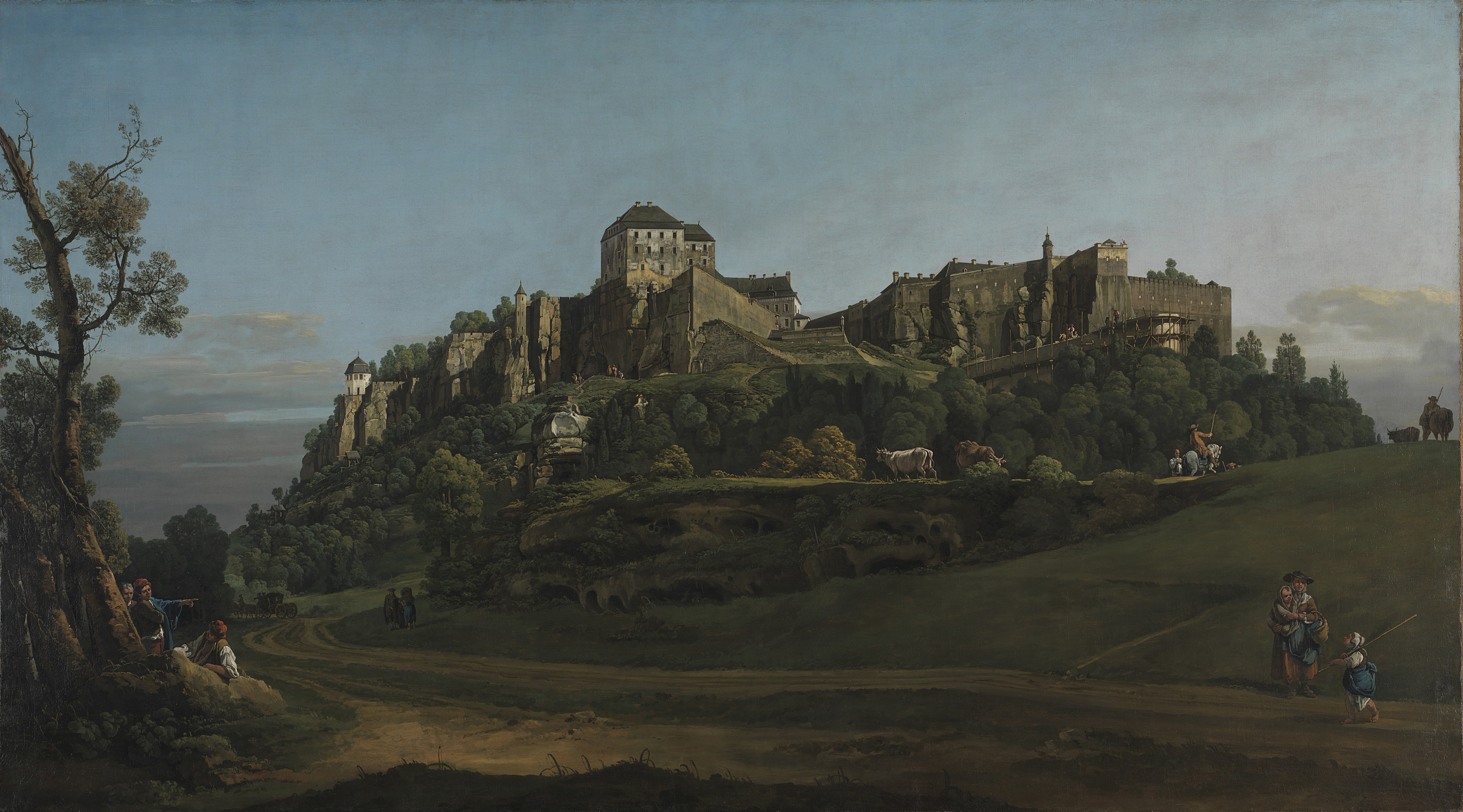
The shallowness of that doctrine is illustrated by the career of Bellotto, who was Canaletto’s nephew. Having shown promise very early, Bellotto was taken by Canaletto into his studio well before he was fourteen, by which age the nephew was an accomplished draftsman. It seems that Canaletto taught him all that he knew and employed him in the production of views of Venice, for which the demand was very great, especially from England. Bellotto traveled throughout Italy, producing townscapes of Florence, Verona, and Rome. In 1744, he and his uncle parted company, uncle going to England and nephew to Dresden, where he was soon appointed court painter to Frederick Augustus.
Anyone who looks at a Bellotto townscape will immediately notice its affinities with the work of his uncle and teacher (indeed, Bellotto was known in Eastern Europe in the eighteenth century as “Canaletto,” having appropiated the name for himself). At the same time, however, his paintings are instantly recognizable as his own: he was a continuator rather than a mere imitator of his uncle. His palette is darker than his uncle’s, but not somber. His figures in townscapes are more individual than in Canaletto’s vedute.
Artistic judgment is always fallible and subject to fashion.
I enter a surmise: that the difference between his work and that of his uncle and teacher (irrespective of their relative value) was not the result of any conscious effort on the part of Bellotto to distinguish himself. Being a different man from his uncle, he saw the world differently from his uncle; his originality was the natural consequence of being human, not that of a conscious effort to distinguish himself from anyone else. Here he painted; he could do no other. Of course, he was ambitious in a worldly way and, until Frederick the Great destroyed Dresden not quite as thoroughly as did the raf and usaf later (though still a commendable effort for its time), rich. Many of his paintings were intended to flatter the ruler and impress foreign dignitaries with the ruler’s magnificence and power; in that sense, they had political content. But insofar as the work had a political purpose, it was not at odds with beauty, rather the contrary. We shall look at Bellotto when Black Obsidian Sound System is but a footnote to the Turner Prize’s shameful history.
Of course, artistic judgment is always fallible and subject to fashion. Frans Hals, now acknowledged as one of the great masters of the Dutch Golden Age, was neglected for two centuries after his death until the fourth Marquis of Hertford bought the Laughing Cavalier in Paris in 1865 for what then seemed like a fabulous, even absurd, price. When the marquis’ illegitimate son, Sir Richard Wallace, moved the marquis’ collection from Paris to London, it was first housed in the East End, in Bethnal Green, where it was seen by two million visitors, many of the type who had never seen a picture before. Hals’s reputation has remained secure ever since the marquis’ purchase.
The catalogue of the exhibition reveals the workings of another fashion. The Director of the Wallace Collection, almost apologizing for his exhibition (of concentrated magnificence), writes in his foreword:
The all-male nature of this exhibition might seem misplaced in today’s world, particularly at a time when museums are working hard to diversify their audiences by supporting more inclusive programming. An exhibition about a white, male seventeenth-century painter who focuses his gaze on white, male sitters, who are predominantly very wealthy, is not necessarily a fit with these aims.
This gives one the impression, almost, that one is doing something disreputable by going to the exhibition, like attending a fascist rally or patronizing a sex shop. The director says:
Certain aspects of masculinity and male identity (the brutish, macho, bullish, or arrogant, for example) have had a bad press.
If the exhibition had been that of portraits of women would he dared have written what follows?
Certain aspects of femininity and female identity (the shrewish, trivial, vain, or maliciously backbiting, for example) have had a bad press.
The director doesn’t believe a word of it, of course, but feels constrained to say something to appease critics in advance.
Dr. Johnson wrote a graceful epitaph for his friend, Oliver Goldsmith:
Oliver Goldsmith: Poet, Naturalist, and Historian, who left scarcely any style of writing untouched, and touched nothing that he did not adorn.
We might adapt this slightly to
Wokeness: Doctrine, Fanaticism, Monomania, and Distortion, that leaves scarcely any human activity untouched, and touches nothing that it does not besmirch.
1 “Turner Prize 2021” opened at the Herbert Art Gallery & Museum, Coventry, on September 29, 2021, and remains on view through January 12, 2022.
2 “Bellotto: The Königstein Views Reunited” was on view at the National Gallery, London, from July 22 through October 31, 2021.
“Frans Hals: The Male Portrait” opened at the Wallace Collection, London, on September 22, 2021, and remains on view through January 30, 2022.
This article originally appeared in The New Criterion, Volume 40 Number 4 , on page 17
Copyright © 2021 The New Criterion | www.newcriterion.com
https://newcriterion.com/issues/2021/12/all-turned-about


